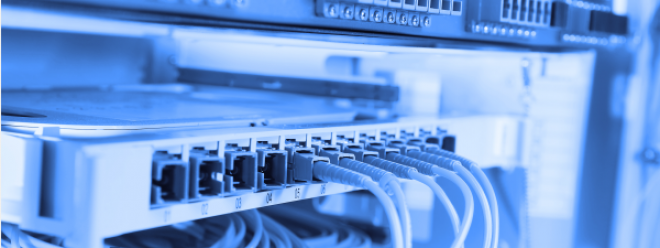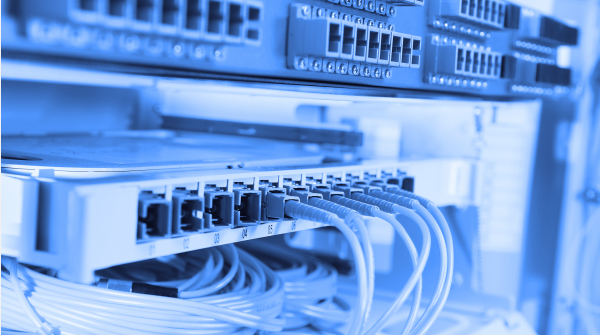How do communication fiber optic cables work?

How do communication fiber optic cables work?

In communication fiber optic cables, light is introduced into the core of the fiber by a light source (LED, laser diode). The light bounces off the outer walls of the core (the cladding) until it reaches the other end of the fiber, where a photosensitive receiver converts the pulses into digital ones and zeros.
How exactly do fiber optic communication cables work?
At its most basic, communication fiber optic cables consist of glass-like threads about the diameter of a human hair, each capable of transmitting information modulated onto light waves at the speed of light. They offer greater bandwidth than copper cables and have become the solution of choice for the demands of the Internet age, where large amounts of data (for example, streaming applications) must be distributed instantaneously to thousands of subscribers over miles. Fiber optic cables are used not only in communication systems, but also in industrial networking, sensing and avionics applications.
The first step in understanding how fiber optics work is understanding what happens when you send light through air or water. Light travels in waves. As it travels through the air, the wave loses some energy and becomes more dispersed. The result is that the beam becomes wider and less intense. This loss of strength is called attenuation.
However, when light enters water, it loses no energy. Instead, it bends around water molecules, allowing light to pass through more easily. Water also slows light by 1/v2, where v is the speed of light in water. This means that light traveling in water travels farther than light traveling in air. Fiber optics use these principles to transport data from one point to another.

Most optical fibers in use today consist of a glass filament (core) made of pure silica and a cladding material made of doped silica. The core is so small that only a single ray of light at a specific wavelength travels all the way to the end. These are called single-mode fibers. In this design, the cladding has a lower refractive index and acts like a mirror to keep the mode inside the core. This phenomenon is called total internal reflection.
The performance of optical fibers depends on their ability to transmit light. One method of measurement is to measure the return loss (also known as insertion loss) of the fiber. Return loss is defined as the ratio of forward power to reverse power. If the return loss is high, more light is lost when transmitted through the fiber than when the return loss is low.
Advantages of Fiber Optic Cables
Fiber optics offer many advantages over traditional copper wires:
1. Faster data transmission speeds: Fiber optic cables can transmit more information at faster speeds than traditional copper wires. This makes it ideal for applications that require reliable, high-speed data transmission - such as streaming video or Internet services.
2. More bandwidth: Fiber optic cables are capable of transmitting a wide range of frequencies in two directions simultaneously, known as multiplexing. This allows more data to be transmitted on the same wavelength, thus providing more bandwidth capabilities.
3. Less data loss: A single fiber optic cable can transmit signals with minimal loss or attenuation, making it ideal for long-distance installations and large service networks.
4. Anti-interference: When the light passes through the glass fiber in the cable, it is hardly disturbed by external electric fields or noise sources such as radar and EMI (electromagnetic interference). This makes them compatible with high-frequency transmissions such as satellite communication systems and cell phone towers.
5. Increased security: Fiber optic cables are also very secure as it is nearly impossible for anyone to intercept their signal without cutting into the cable itself - this will be noticed soon!

Types of communication cables
There are two basic types of fiber, singlemode and multimode. Single-mode fiber has a smaller core diameter (8.3-10 microns) and has advantages in terms of bandwidth and longer transmission distances, while multimode fiber has a larger core diameter (50 microns or greater) and can easily support most distances. Enterprise and data center networks, typically less costly than single-mode installations.
Today, fiber optic technology is used in many ways. It is used to transmit voice and video signals, carry computer data, and send information over long distances.
Optical fibers are used to make endoscopes, which allow doctors to see inside the human body and perform surgery without the need for an invasive scalpel. Large-core fibers can carry laser energy to facilitate tattoo removal, clean historic sites, and power laser-directed defense systems.
Distributed Fiber Optic Sensing (DFOS) allows the entire length of an optical fiber to be used as a sensing device. Structures such as fuel pipelines, bridges and aircraft wings can have fiber optics embedded to sense parameters such as strain, temperature or sound and help ensure their structural integrity.